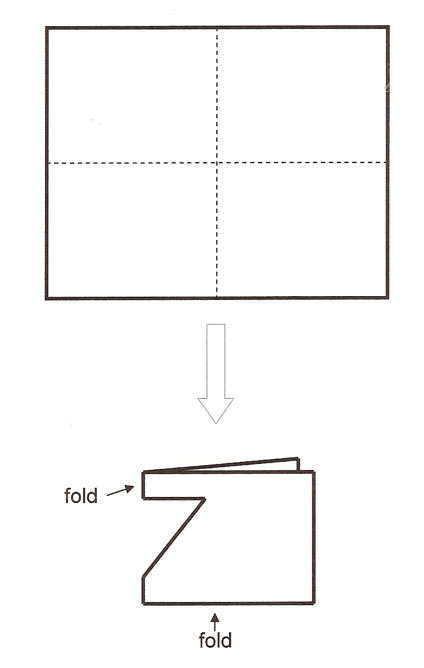Home > Reasoning > Assessment > Designing tasks for assessing reasoning > Ability to predict > Paper folding
Paper folding
It is possible to assess predictions at any year level, in oral, written or diagrammatic form. This activity allows students to cut simple or more complex patterns, to predict the results by description and/or drawings, and to prove they are right by unfolding the cut paper.
The students fold a sheet of paper using either one fold for Foundation students or more folds for older students. They then cut a shape from one of the edges. Older students could cut shapes from more than one edge.
Students then talk, write about or draw what the paper will look like when unfolded.
Students could be encouraged to talk about the number, shape, size and positions of the cut-outs.
The maturity of the descriptions should vary according to year level and relevant curriculum level.
The quality of the descriptions will also depend upon the clarity of the teacher's explanation and the modelling of the activity.

